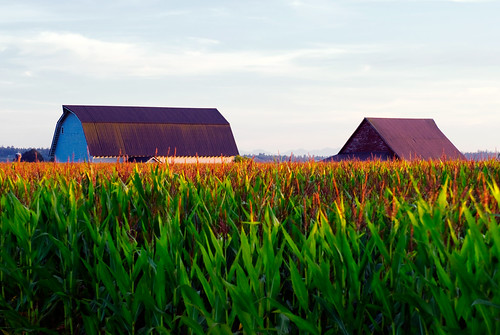Tracking the carbon footprint of crops, from the ground up

 Accurate reports of an industry's or region's carbon dioxide output may become increasingly important as nations and companies seek to slash carbon emissions, and possibly put a price on them.
Accurate reports of an industry's or region's carbon dioxide output may become increasingly important as nations and companies seek to slash carbon emissions, and possibly put a price on them.
For the agricultural industry, determining how much carbon travels between the soil, plants and the atmosphere can be tricky. Some factors in the CO2 equation include certain plants leaving different carbon footprints, crops replacing others during rotations, land left untilled, types of fertilizer used and clearing forestland for farmland.
Tallies of our country's agricultural carbon emissions (required under the UN Framework Convention on Climate Change) do exist, but on the regional and community scales, data and reporting can be spotty. So researchers at the Oak Ridge National Laboratory are taking a closer look at agricultural carbon accounting, zeroing in on local farmland ecosystems throughout the country.
Published in the journal Ecological Applications, their tracking method combines information from the ground—fossil fuel emissions, land management practices, what crops are growing where—with satellite imagery of land cover from above. Through the USDA's cropland data maps, NASA's MODIS (moderate resolution imaging spectroradiometer), the researchers can estimate localized exchanges of carbon within the ecosystem, as well as the carbon sources and sinks involved in the crop's production.
Tristram West of ORNL says in a statement:
This means that upstream emissions from fertilizer production, for example, are accounted for in the same place where the crop is produced. This method allows for an estimate of the total impact of changing cropland management on net CO2 emissions.
West and his team hope to standardize carbon reporting for cropland between the national and local levels. Additionally, while methane and nitrous oxide are the agricultural industry's biggest greenhouse gas contributors, pinpointing carbon fluxes in this manner might still help inform better land and crop management.
Image: jamesjustin/Flickr
This post was originally published on Smartplanet.com